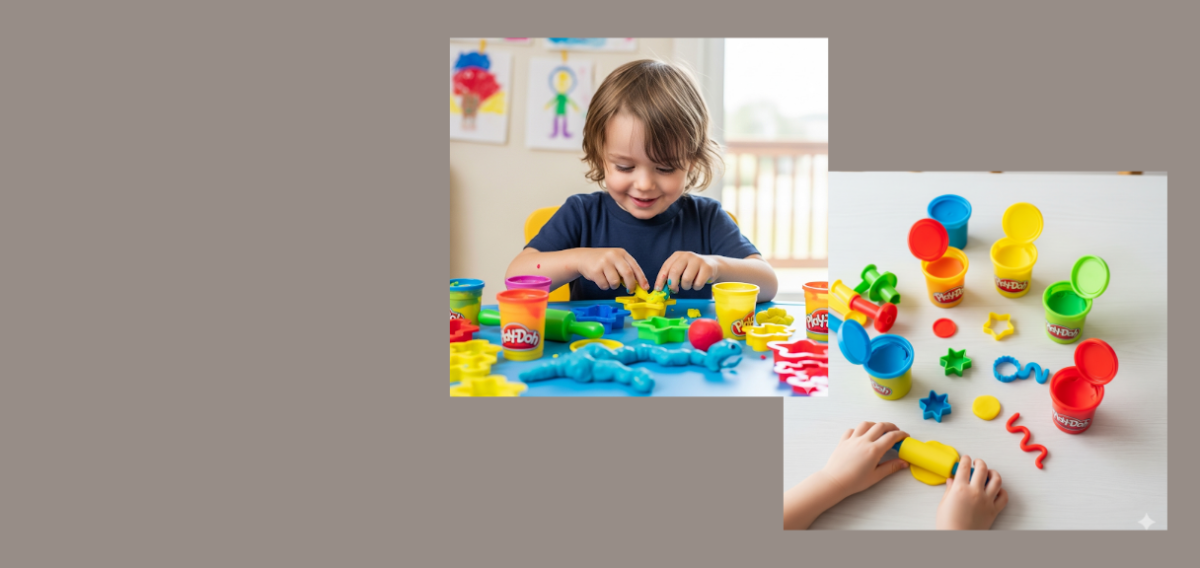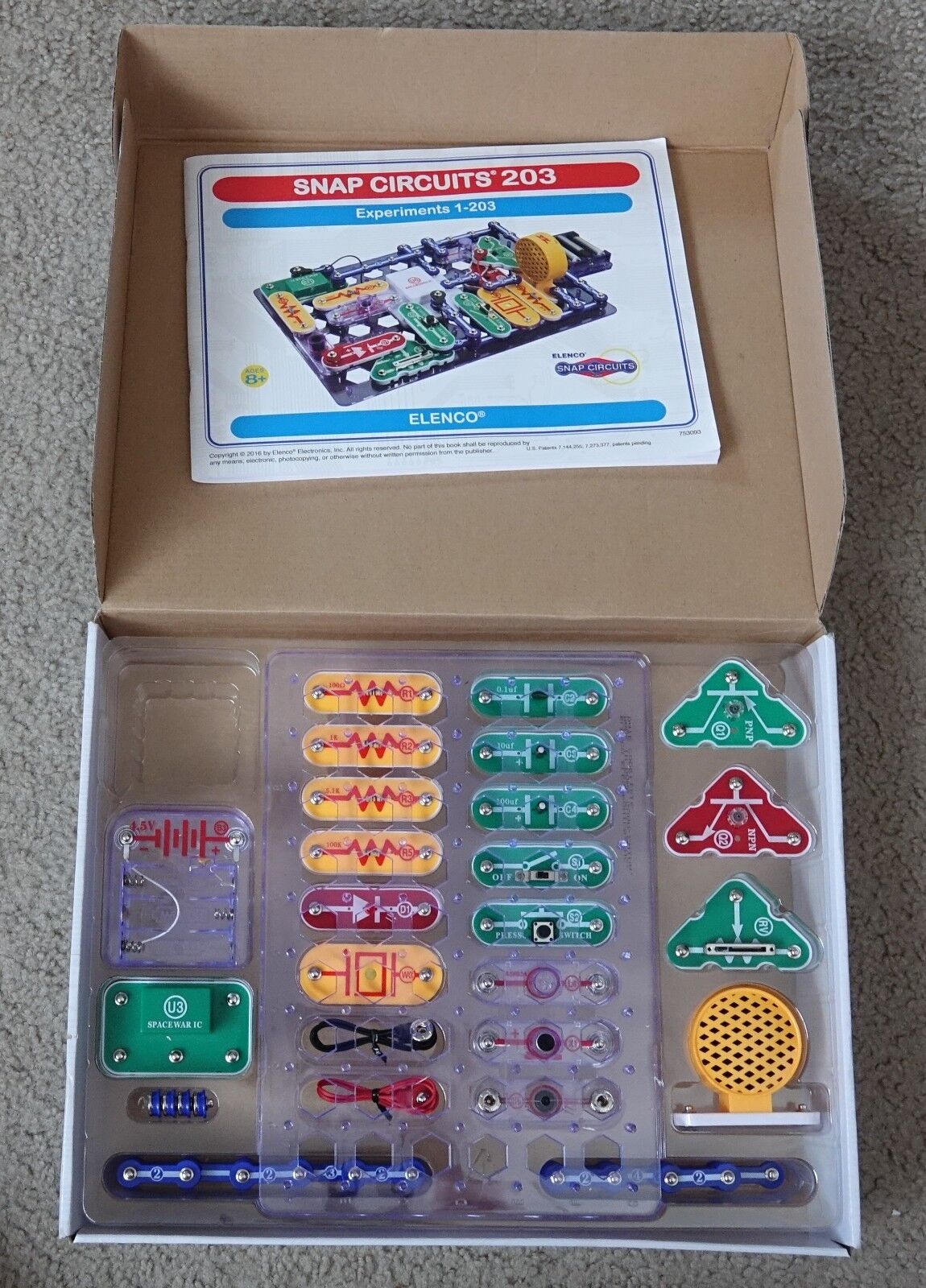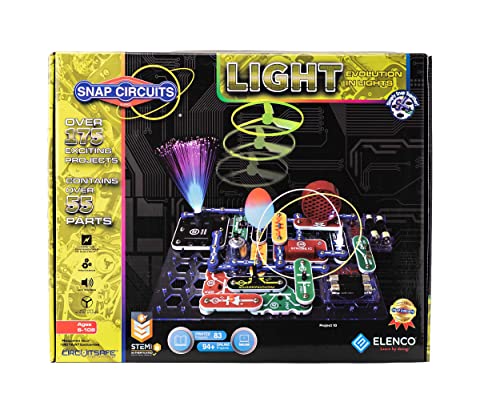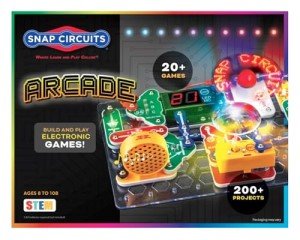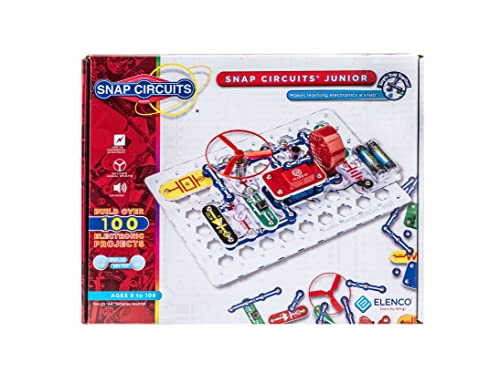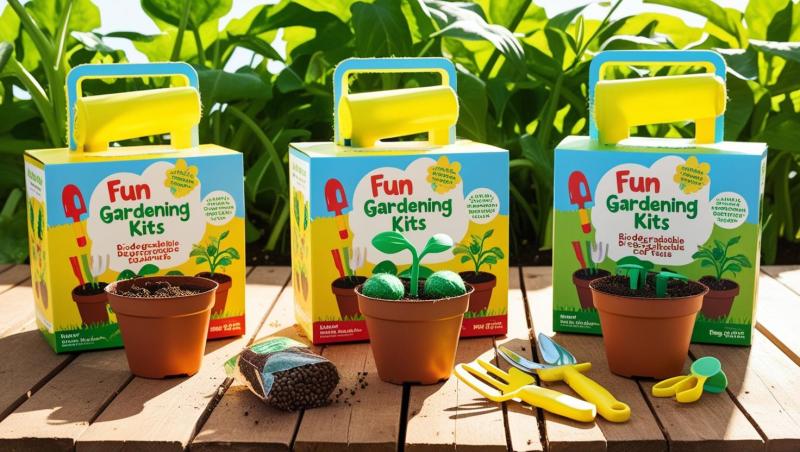Entertaining Youngsters With Classic Toys – Play-Doh
When people think of timeless childhood fun, one name almost always pops into mind: Play-Doh. For decades, this squishy, colorful, and endlessly moldable dough has captured the imagination of youngsters worldwide. It’s one of those classic toys that never goes out of style, striking the perfect balance between creative play and hands-on learning. With Play-Doh modeling clay, children don’t just play—they craft, build, invent, and shape their ideas into tangible works of art.
In this article, we’ll explore what makes Play-Doh such a beloved creative toy, its history, why it’s safe for kids, different ways children can use it for arts and crafts, and how parents can encourage creativity through this versatile childhood staple.

The Timeless Appeal of Classic Toys
Classic toys endure for a reason. Unlike some modern toys that rely on batteries, electronics, or screens, toys like Play-Doh inspire limitless imagination. Instead of prescribing how children should play, Play-Doh provides raw material for creativity. Kids get to decide what to sculpt, how to shape it, and what stories to invent around their creations.
Parents appreciate Play-Doh because it strikes that balance of fun and educational play. It encourages fine motor skills, hand-eye coordination, problem-solving, and self-expression—all while being entertaining and safe. This makes Play-Doh a perfect representative of the classic toys category, standing the test of time generation after generation.
A Brief History of Play-Doh
Long before it became a household name in toy shops, Play-Doh began as something entirely different. It was originally marketed in the 1930s as a wallpaper-cleaning product. However, when it was discovered that children loved molding and playing with it, the formula was adapted, made non-toxic, and introduced to schools and stores in the 1950s as a children’s modeling compound.
Since then, Play-Doh has become a beloved creative toy with countless playsets, colors, and themed kits. Decades later, it remains one of the most recognized and trusted toys globally. Its charming simplicity is exactly what makes it timeless.
Why Play-Doh is a Safe and Creative Choice
Safety is one of the reasons parents rely on Play-Doh over other types of modeling clay. The formula is non-toxic, soft, reusable, and comes in containers designed to keep the compound fresh. Unlike harder modeling clays or DIY doughs that dry out quickly, Play-Doh is user-friendly, safe for small hands, and easy to clean up.
Furthermore, it has no sharp edges or small breakable parts—the "tool" is the child’s imagination. Parents can rest assured knowing Play-Doh is not just fun but designed with kid safety in mind. This makes it accessible to a wide range of ages, from toddlers just learning to explore with their hands to older kids who want to create elaborate projects.
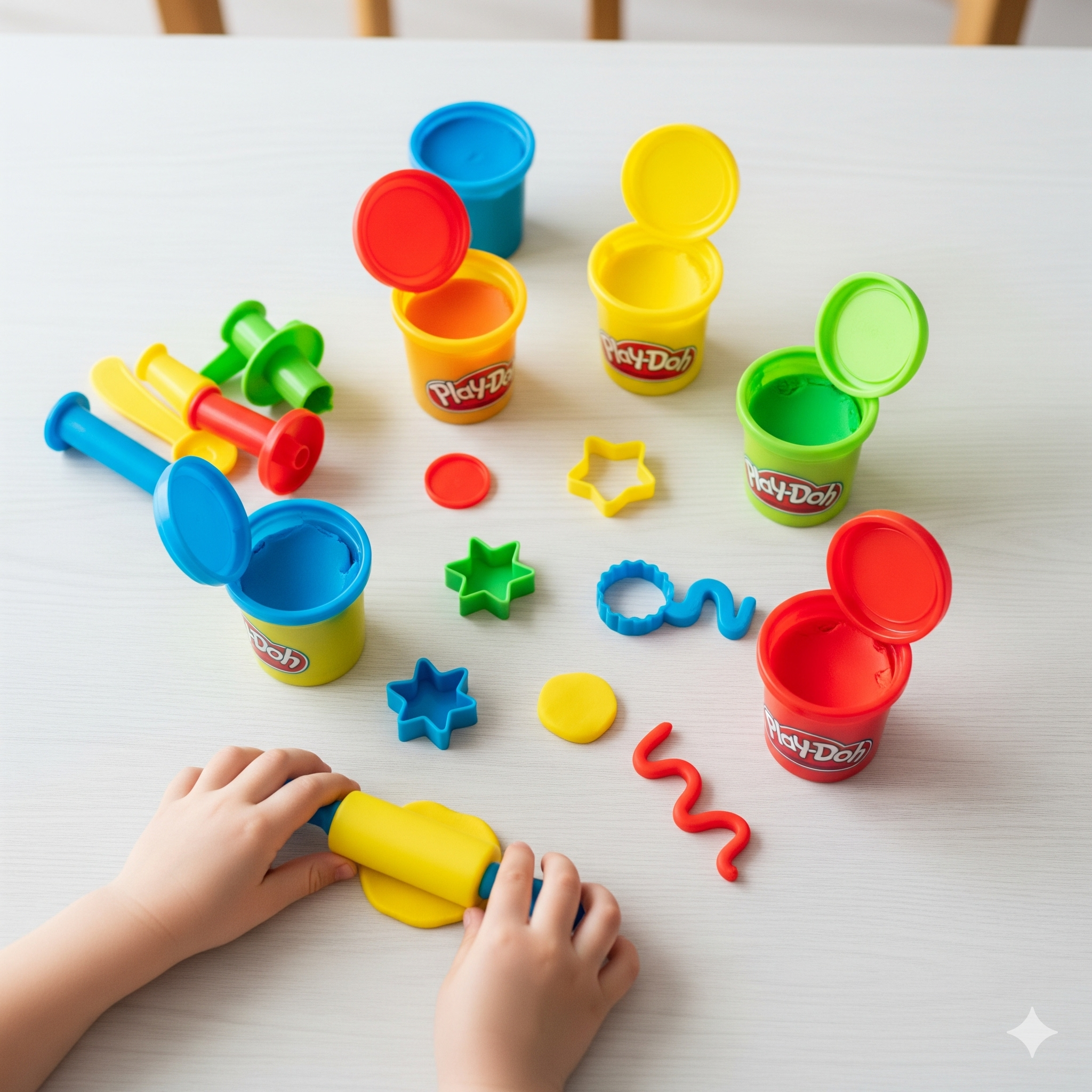
Benefits of Playing With Play-Doh
Play-Doh is more than just fun and games. It has educational and developmental advantages, making it a must-have in every household or classroom. Here are some of the top benefits:
1. Encourages Creativity
Children thrive when they have the freedom to experiment. With Play-Doh, there are no “rules” to follow. Kids can mold shapes, animals, vehicles, food items, or abstract art—whatever comes to mind. This kind of open-ended crafting fosters self-expression.
2. Develops Fine Motor Skills
Rolling, pressing, squishing, and pinching all require hand strength and dexterity. Kids unknowingly sharpen their fine motor skills while playing, which is important for writing, drawing, and everyday tasks.
3. Provides Sensory Play
Play-Doh offers a tactile experience that relaxes and soothes children. The soft texture engages their sense of touch while the vibrant colors stimulate visual learning. Some teachers even use it in sensory bins to aid children with focus.
4. Encourages Problem-Solving
When kids want to sculpt a specific object—say, a cat figure—they must figure out how to shape the ears, whiskers, and tail. This kind of play enhances critical thinking and spatial awareness.
5. Enhances Social Play
Play-Doh is great for group settings. Whether it’s a classroom or a family playtime, children collaborate by building worlds together. They share ideas, practice cooperation, and build communication skills.
Fun and Creative Ways to Use Play-Doh
Parents and teachers alike can maximize Play-Doh’s versatility. Here are some engaging ways kids can use this classic toy for arts and crafts:
1. Basic Sculpting
Letting children form balls, snakes, and pancakes out of Play-Doh is the foundation of play. As they grow, they’ll start creating animals, food items, or mini figurines.
2. Play-Doh Role Play
Children love to use Play-Doh to pretend. A “kitchen” set lets them create fake pizzas, cupcakes, or hamburgers, fueling imaginative cooking games. A “doctor” theme can have them create bandages or organs for pretend check-ups.
3. Letter and Number Learning
Play-Doh is a fantastic way to teach young learners. Parents can help kids roll Play-Doh into strands and then shape them into letters and numbers, reinforcing reading and math basics through hands-on play.
4. Seasonal and Holiday Crafts
From making pumpkins for Halloween to snowflakes or ornaments for Christmas, Play-Doh adapts beautifully to holiday crafting. Kids can also make flowers for spring, suns for summer, and leaves for fall.
5. Storytelling With Play-Doh Characters
Encourage children to invent characters out of Play-Doh and weave them into a story. This transforms simple arts and craft time into a session for building narrative skills.
6. STEM-Inspired Play
Parents can sneak in educational lessons. For example, kids can model planets while learning about the solar system. They can also make geometric shapes, simple machines, or even illustrate scientific concepts like volcanoes.
Play-Doh in the Classroom
Educators know that children learn best when they’re engaged, and Play-Doh is an excellent classroom aid. Teachers use Play-Doh for:
- Literacy projects: forming vocabulary words or making story-related scenes.
- Math practice: counting, measuring, and dividing Play-Doh for fractions.
- Science lessons: illustrating cell models or plant structures using different colors.
- Collaborative workshops: letting children build towns or ecosystems together.
As one of the most adaptable arts and craft tools, Play-Doh fits seamlessly into both structured lessons and free-play sessions.
Organizing Play-Doh at Home
Parents often wonder how to manage the colorful chaos of Play-Doh play. The good news is that with a little organization, it’s easy to keep things tidy:
- Use resealable containers to keep dough from drying out.
- Assign a dedicated playmat or surface for Play-Doh creations.
- Label containers by color to make cleanup a fun sorting game.
- Store Play-Doh tools (plastic knives, rollers, cookie cutters) in a small bin for easy access.
With these steps, parents can encourage creativity without worrying about mess.
Play-Doh as a Gift
Looking for a birthday or holiday gift? Play-Doh is a safe bet. Not only does it delight young kids, but it also encourages wholesome, mindful play. Gift sets come in themed varieties—like kitchen play, animal molds, or even licensed characters—that cater to a child’s interests. Because Play-Doh is timeless, it appeals to multiple age ranges.
For families who prefer classic toys over electronic ones, Play-Doh makes the perfect thoughtful and nostalgic gift.
Tips for Parents to Encourage Play-Doh Creativity
To maximize Play-Doh fun, parents can:
- Join the fun: Sit with kids and model your own creations. This encourages bonding.
- Offer prompts: Suggest fun themes like “ocean animals” or “a magical kingdom.”
- Celebrate every creation: Display projects on a small tray or shelf before putting the Play-Doh back.
- Provide simple tools: Everyday items like a fork, rolling pin, or cookie cutter extend the play experience.
- Encourage storytelling: Ask kids to explain what they made and the inspiration behind it.
These steps turn Play-Doh sessions into enriching, memorable family activities.
Play-Doh and the Digital Age: Still Relevant Today
In today’s world of devices and gadgets, parents often worry about screen time. That’s where classic toys shine. Play-Doh offers an unplugged creative outlet that is just as exciting today as it was decades ago. By balancing technology with hands-on artistic play, children enjoy the best of both worlds.
Unlike apps that restrict how children interact, Play-Doh gives them autonomy to make what they want. This reinforces confidence, resilience, and focus—skills necessary in a digital world.
Why Classic Toys Like Play-Doh Endure
The enduring success of Play-Doh reflects the universal appeal of toys that rely on imagination more than instructions. Much like building blocks, dolls, or kites, Play-Doh is simple, versatile, and adaptable. These are hallmarks of true classic toys: they don’t just entertain for a few weeks but stay relevant for decades, crossing generations.
Every child who opens a tub of Play-Doh rediscovers what previous generations already knew—creativity is fun, therapeutic, and timeless.
Conclusion
Few toys have had the lasting impact of Play-Doh. From its humble beginnings to becoming a household name, this classic toy has entertained, inspired, and educated children for decades. Whether used for simple sculpting, imaginative role-play, or structured classroom lessons, Play-Doh remains unmatched as a creative toy that doubles as an arts and craft tool.
For parents who want a safe, delightful, and endlessly versatile experience for their youngsters, stocking up on Play-Doh is a must. More than a toy, it’s a gateway to creativity, storytelling, and joyful childhood memories.
So next time you’re looking for the perfect way to entertain your little ones, remember one of the classics—Play-Doh. A tub of brightly colored dough isn’t just play—it’s inspiration in a container.
